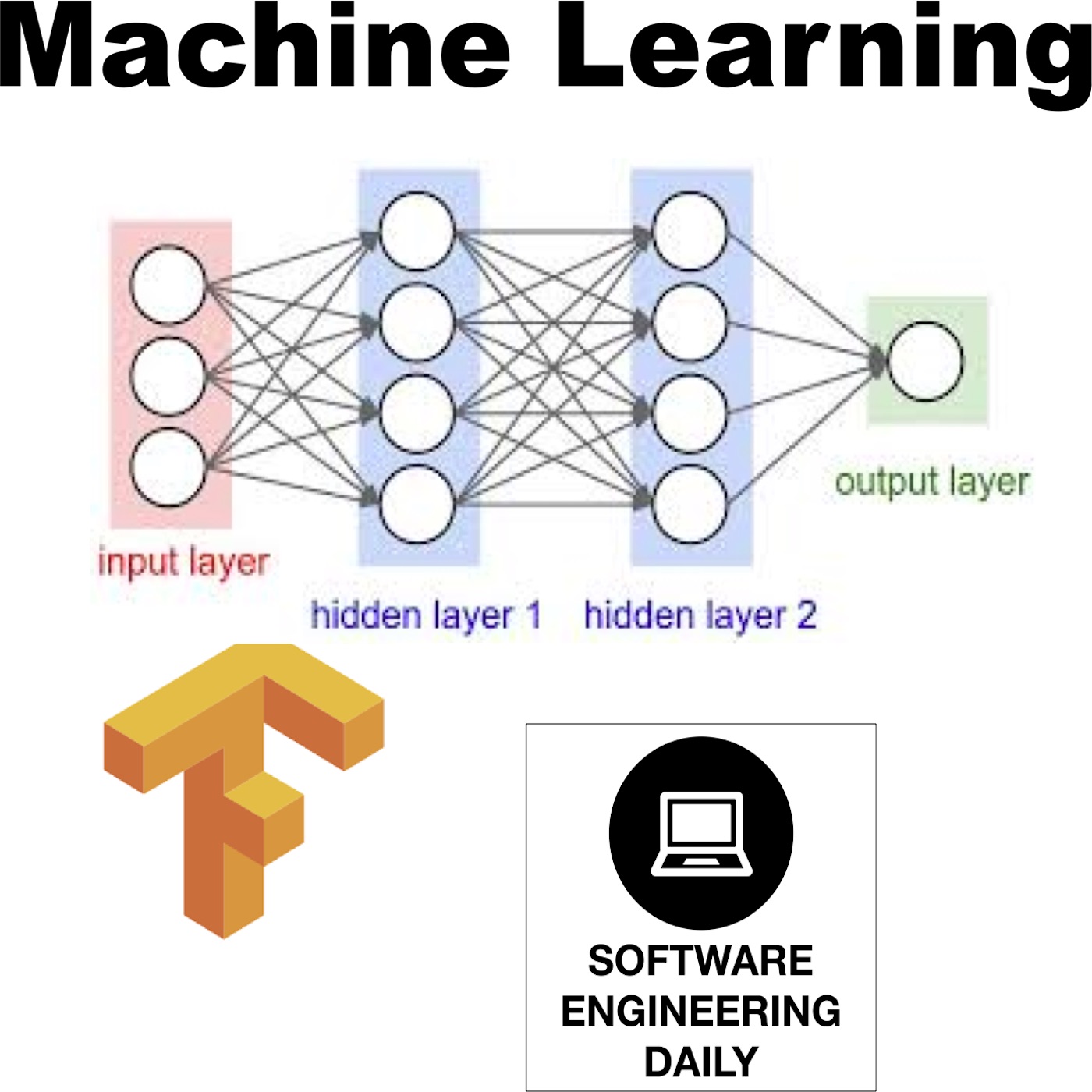
Stripe Machine Learning with Michael Manapat

Machine Learning Archives - Software Engineering Daily
Shownotes Transcript
Every company that deals with payments deals with fraud. The question is not whether fraud will occur on your system, but rather how much of it you can detect and prevent. If a payments company flags too many transactions as fraudulent, then real transactions might accidentally get flagged as well. But if you don’t reject enough of the fraudulent transactions, you might not be able to make any money at all.
Because fraud detection is such a difficult optimization problem, it is a good fit for machine learning. Today’s guest Michael Manapat works on machine learning fraud detection at Stripe.
This conversation explores aspects of both data science and data engineering. Michael seems to benefit from having a depth of knowledge in both aspects of the data pipeline, which made me question whether data science and data engineering are roles that an engineering organization wants to separate.
This is the third in a series of episodes about Stripe engineering. Throughout these episodes, we’ve tried to give a picture for how Stripe’s engineering culture works. We hope to do more experimental series like this in the future. Please give us feedback for what you think of the format by sending us email, joining the Slack group, or filling out our listener survey). All of these things are available on softwareengineeringdaily.com.
The post Stripe Machine Learning with Michael Manapat) appeared first on Software Engineering Daily).